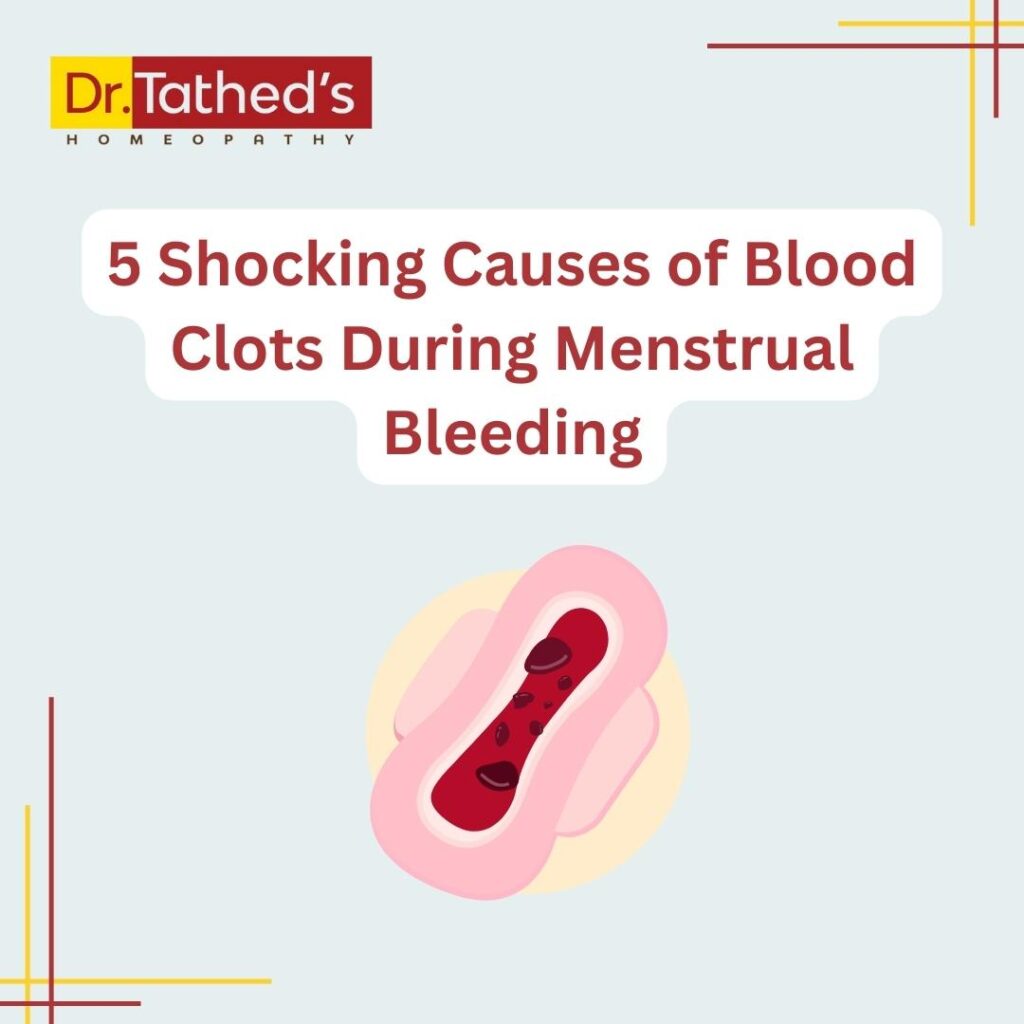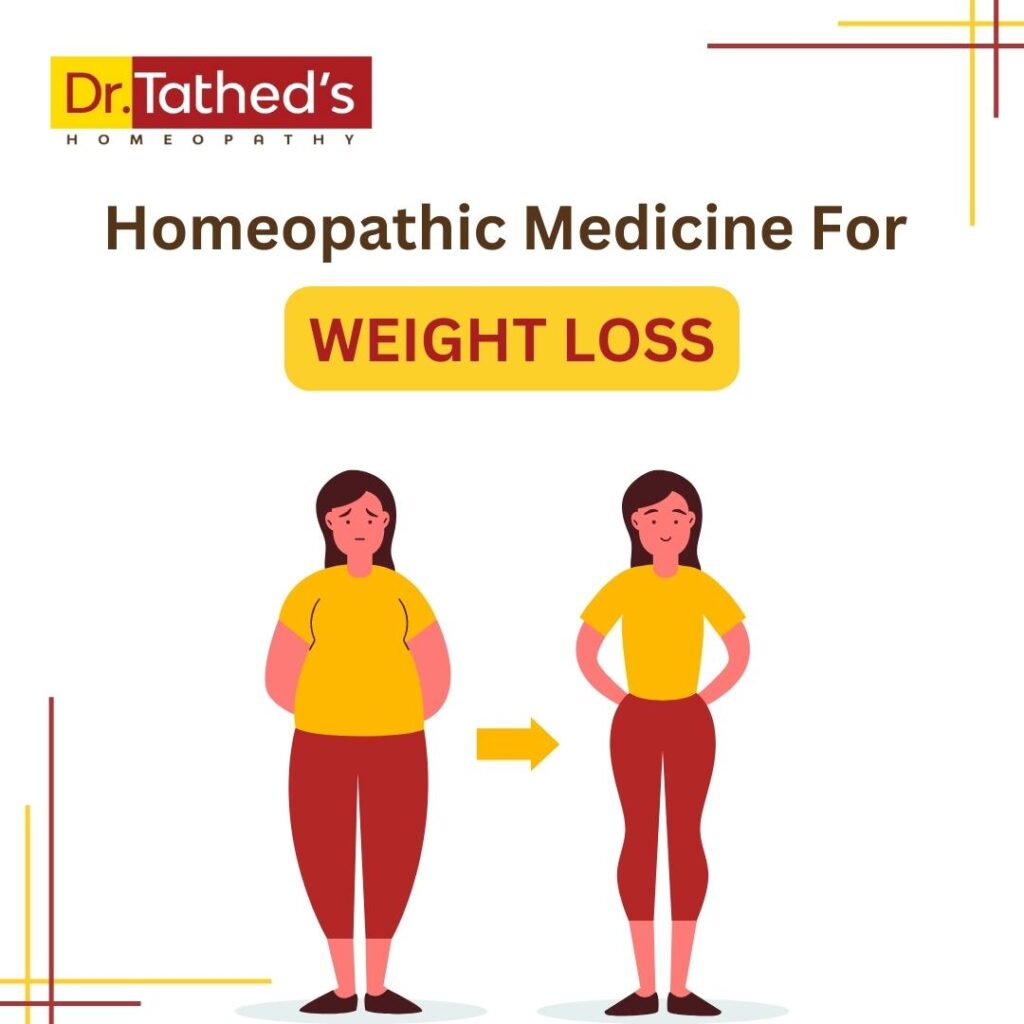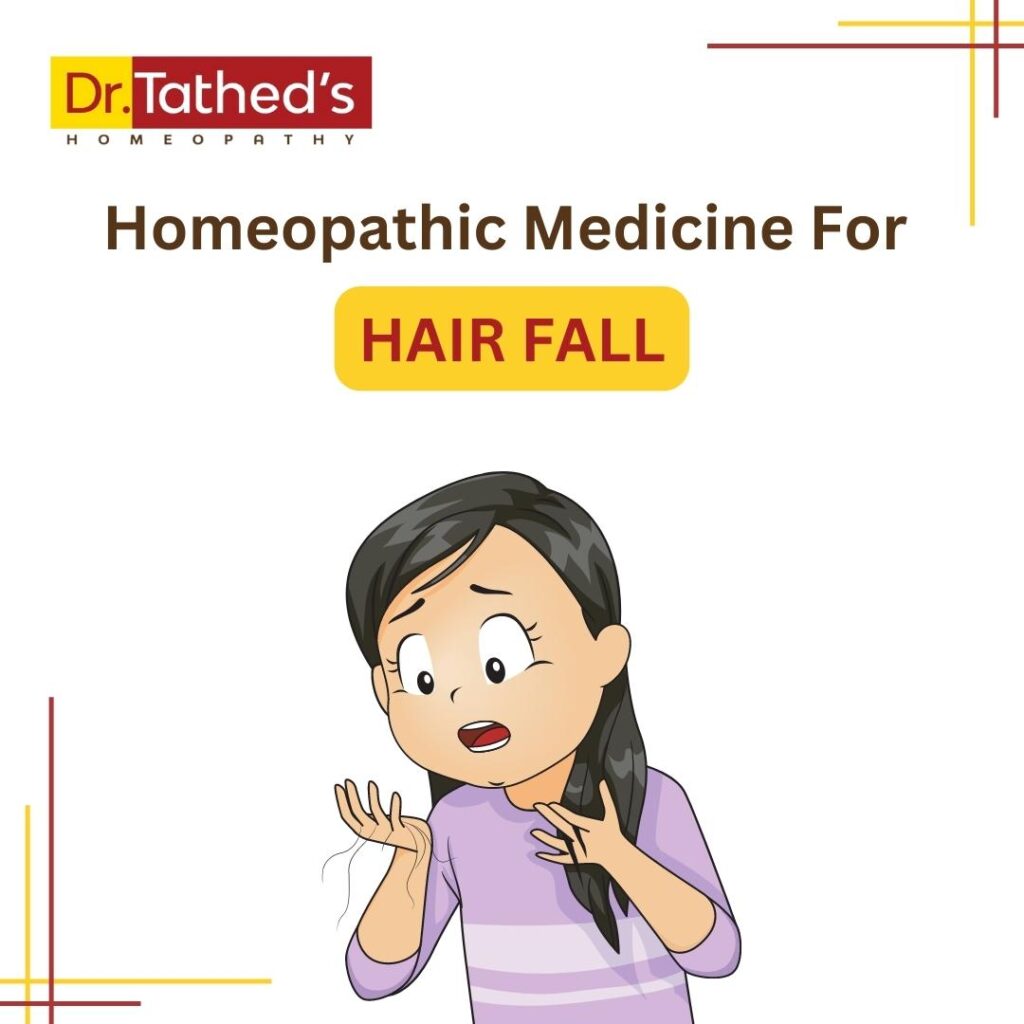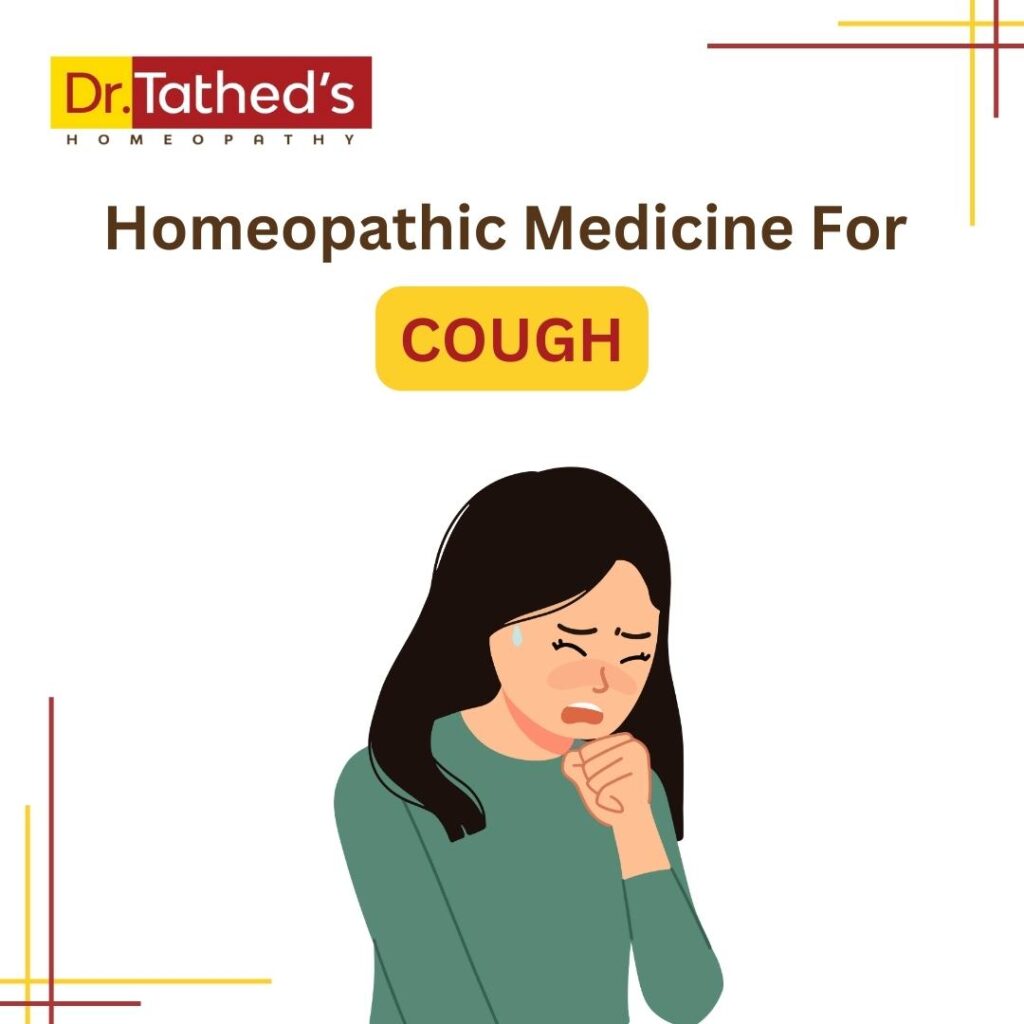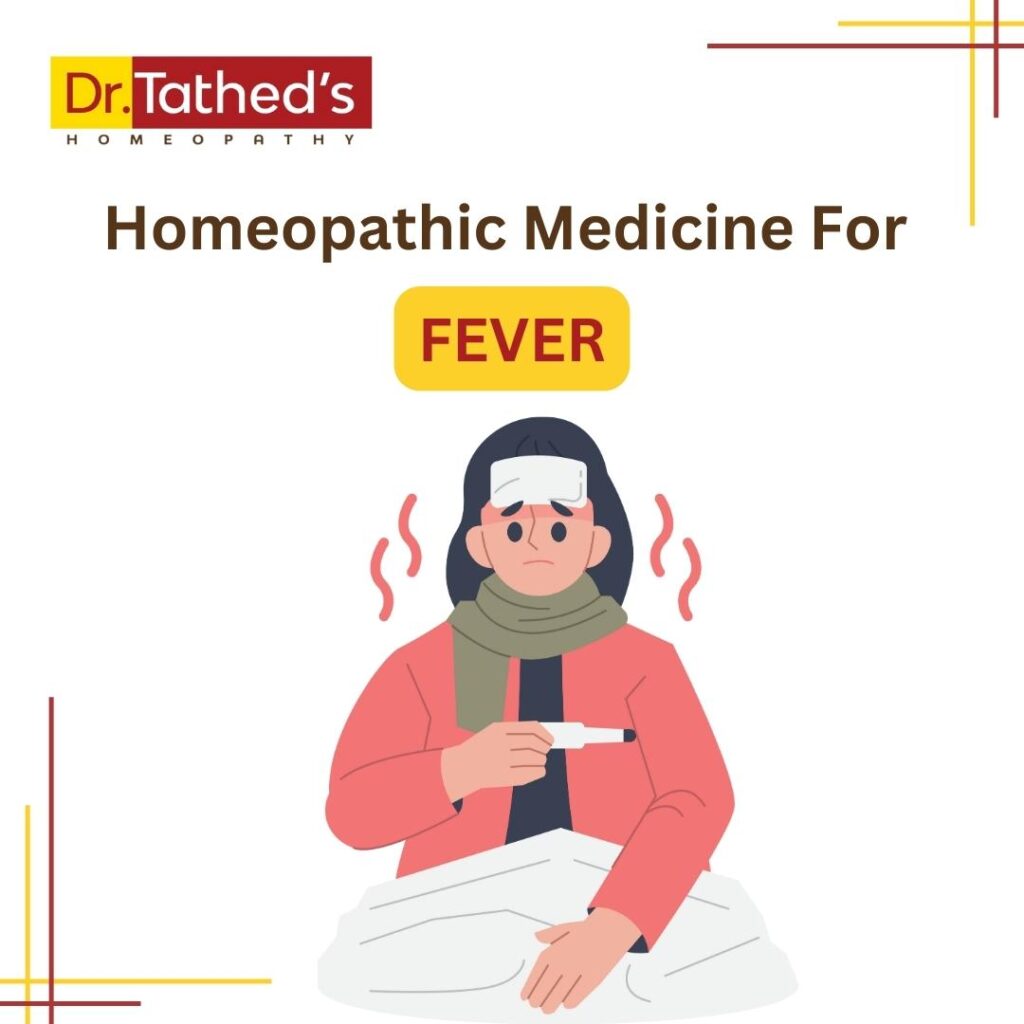Menstrual Blood Clots: A Doctor’s Guide to Causes & Natural Solutions
As a doctor with over 30 years of clinical experience, I understand that seeing blood clots during your period can be alarming. It’s one of the most common concerns I hear from my patients. While it’s often a normal part of menstruation, it can sometimes signal an underlying issue that needs attention.
My name is Dr. Girish Tathed, and in this guide, I want to provide a clear, balanced, and reassuring overview of why menstrual clots happen. We will explore the common causes recognized by modern medicine and then discuss how a holistic, natural approach like homeopathy can help restore balance to your cycle.
Why Do Menstrual Clots Form? The Medical View
During your period, your body releases anticoagulants to keep your menstrual blood liquid so it can pass easily. However, when your flow is particularly heavy, blood is expelled more rapidly, and the anticoagulants don’t have enough time to work. This is when clots form.
Passing occasional, small clots (smaller than a 1 rupee coin) is usually not a cause for concern. However, if you consistently pass large clots alongside heavy bleeding (menorrhagia), it’s worth investigating the cause.
According to leading health authorities like the Mayo Clinic, some common underlying causes include:
- Uterine Conditions: Non-cancerous growths like uterine fibroids or polyps can obstruct blood flow and cause heavy bleeding and clots. Conditions like adenomyosis, where the uterine lining grows into the muscle of the uterus, can also be a cause.
- Hormonal Imbalances: Conditions like Polycystic Ovary Syndrome (PCOS), thyroid issues, or perimenopause can disrupt the delicate balance of estrogen and progesterone, leading to a thicker uterine lining and a heavier, clottier flow.
- Bleeding Disorders: In some cases, an inherited bleeding disorder like Von Willebrand’s disease can be the culprit.
- Medications: Certain medications, including some hormonal birth control and blood thinners, can affect your menstrual flow.
The Homeopathic Approach: Restoring Your Body’s Natural Balance
While conventional treatments can be effective, many of my patients seek a gentler, more holistic solution that addresses the root cause without side effects. This is where constitutional homeopathy shines.
In homeopathy, we don’t just prescribe a remedy for “blood clots.” Instead, we look at you as a whole person. A detailed consultation allows me to understand your unique symptom picture:
- Are your periods painful?
- Is the blood bright red or dark?
- Are you also experiencing mood swings, fatigue, or other symptoms?
- What are your stress levels and overall health like?
This comprehensive understanding allows me to select a homeopathic remedy that matches your specific constitution, aiming to gently regulate your hormones and bring your entire system back into balance.
An Anonymized Case Study: From My Clinic
A 35-year-old woman came to me with a history of passing large, dark clots and experiencing debilitating cramps for the first two days of her period. She felt exhausted and anemic every month. After a detailed case analysis, I prescribed the homeopathic remedy Sepia. Over the next four to five cycles, she reported a significant reduction in both the size of the clots and the intensity of the pain. Her energy levels improved, and her periods no longer disrupted her life.
Commonly Used Homeopathic Remedies
(Please note: This is for informational purposes only. Do not self-prescribe.)
- Belladonna: Often indicated for sudden, heavy, bright red bleeding accompanied by intense, throbbing cramps.
- Sabina: Useful when the bleeding is heavy, contains dark clots, and is accompanied by pain that radiates from the back to the front.
- Pulsatilla: A common remedy for periods that are changeable—the flow might stop and start, and the clots and consistency vary. It’s often suited to individuals with a mild, emotional temperament.
- Sepia: As in the case study, this is often helpful for heavy, clotted periods with a “bearing-down” sensation and feelings of irritability or being worn out.
Lifestyle Support for a Healthier Cycle
Homeopathic treatment works best when supported by a healthy lifestyle. I often advise my patients to:
- Eat an Iron-Rich Diet: To counteract potential anemia from heavy bleeding, include foods like spinach, lentils, and beetroot.
- Practice Gentle Exercise: Activities like walking and yoga can improve circulation and reduce cramping.
- Manage Stress: Chronic stress can disrupt hormonal balance. Prioritize relaxation through meditation, deep breathing, or hobbies.
Your Path to a Balanced Cycle
Passing large menstrual clots doesn’t have to be your “normal.” It is often a sign from your body that something is out of balance. By taking a holistic approach, we can work to address the root cause, leading to more comfortable, healthier periods.
Ready to Regain Control of Your Cycle?
If you’re tired of dealing with heavy, clotted periods, a personalized homeopathic plan can help.
Medical Disclaimer: The information provided in this article is for educational purposes only and is not a substitute for professional medical advice. Please consult a qualified healthcare provider for any health concerns.
